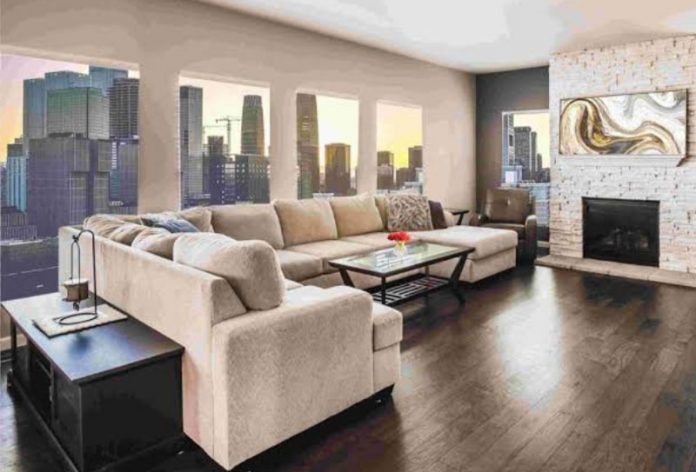Interior design is a creatively rich industry that attracts artistic styles from all walks of life. With that said, it may be obvious that there are as many people involved in the designing trade as there are design theories on how to arrange a room like a pro. While there may be those who have a natural eye for design, due to inherent talent or a background in another artistic field, there are also those who are complete and total newbies to the art world as a whole. Even though interior design is competitive, the same can be said about any other creative endeavor.
Feeling Motivated?
If the possibility of a little competition only motivates you further towards becoming an interior designer then you are in the right place. Right now you may be trying to figure out the best ways to get your foot in the door so that you can get in with the big names. Just how can you jump start a career in interior design? This comprehensive guide will take you through all of the ways that designers can most easily enter into the fray and start working on their own individual artistic voice.
Ask Yourself All the Right Questions
First and foremost, the most important thing to do before stepping foot into any creative field is to ask yourself if you are actually a creative person. By being honest with yourself to start with, you will be able to save yourself from any future disappointment if it turns out that becoming a designer in any capacity is simply a fleeting fancy that will disappear within a year or two. When getting started in any new career, it is considered a giant step towards your future. You will be dedicating years of your life towards developing your skill in many areas of design theory and application.
Learning Methods
If you are truly bound and determined to dedicate yourself to years of study and practice, then the first thing you will need to take action on is devising a plan for yourself. Do you plan on seeking education as an interior designer by attending classes at a college? Do you want to seek a design related degree that will help benefit you as an interior designer? Or are you only wanting to rely on online resources, such as videos and written tutorials created by other designers? Before designing on one route to go down, try and figure out what kind of learner you are.
If you are the type of person who requires a set type of structure in order to stay on task, then consider learning what you need to know from an established professional or institution through the use of classes. As for those who have the self-discipline to learn on their own, you may want to set up a specific schedule that you can dedicate towards learning the ins and outs of the industry on your own. You can find all of the resources you will need through social media sites or by taking a visit to your local library to get started on creating this plan.
Practice Makes Perfect
Once you have been able to figure out how best you learn, the next step is to start learning by doing. How can you actively practice interior designing on your own? Those who plan on taking classes will undoubtedly be given the opportunity to practice while in class, where your peers and teacher will be present to critique your work. Anyone who is set on teaching themselves will have to practice on their own time. This can be accomplished through finding living spaces where you can experiment with your craft. You can easily use your own rooms if you have a full apartment or home to yourself. With some proper tweaking, any room can be made to look like a completely different location.
The same applies to arranging rooms in other places. If you feel that you do not have the right architecture that is needed for a specific look, ask around to friends and family to see if they will be willing to lend a room to you for a day or two for practice. You may be surprised at how supportive some people are around you when it comes to the creative arts. Check out places like thrift stores and garage sales to get your hands on low cost objects to accessorize all of these spaces.
Social Media Outlets
Never underestimate the power of the internet. Word of mouth may have been the way that information used to get around, but nowadays it is nearly impossible to be noticed without owning a page or two on your favorite social media websites. What social media outlets provide to us is a modern day portfolio. They are also a good place to receive free marketing and critique from strangers. While posting what you have done is still going to be considered “student work” until you improve your capabilities, it will still provide an invaluable resource to post things that you work on as you grow. At the same time, this also allows you to grow a steady fan base who may potentially become clients in the years ahead. What clients love to see is consistency, so if you stick to posting good content often on your social media sites, then the chances are high that you will eventually be noticed by the right people.















